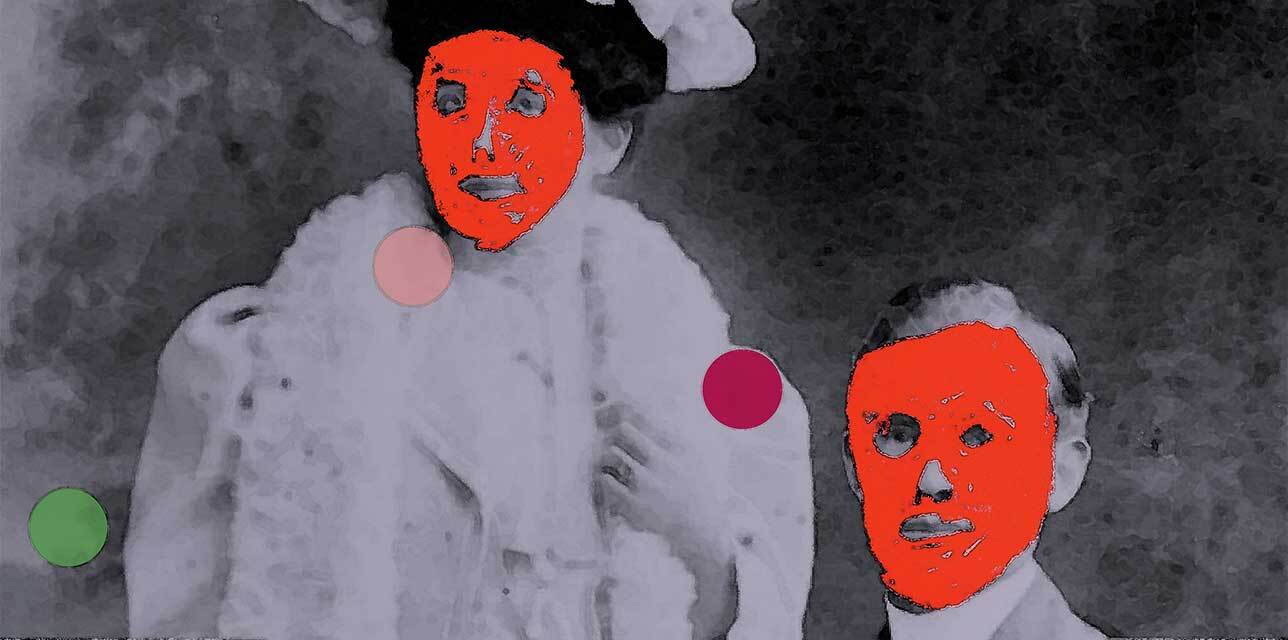
Michael Keegan-Dolan certainly knows how to talk body. In a graceful bridging of physicality and narration, his new play How to Be a Dancer in Seventy-Two Thousand Easy Lessons encapsulates how movement can evoke core memories.
The Gate Theatre’s audience is drawn into his elegantly fabricated physical world which, despite its distinct departure from realism, feels safe.
Keegan-Dolan, the internationally heralded choreographer, is joined on stage for this Dublin Theatre festival pinnacle by his wife and longtime collaborator Rachel Poirier. The couple’s intimate relationship is palpable, their bodies moving fluidly in a stunning natural manner.
At one moment, Poirier’s captivating 14 minute dance to Ravel’s Bolero is watched by an unmoving Keegan-Dolan, his eyes fixed on her vibrant body in glowing reverence.
The play is underscored by Keegan-Dolan’s humorous narrative, which provides a verbal anchor to the sometimes relentless movement occurring on stage. Using non-linear fragments, Keegan-Dolan relives intense memories.
Recalling how he lost his virginity, his crushing awkwardness is viscerally experienced by a squirming audience. At another poignant point, he discusses the death of his brother. The distinct pain of human loss feels visceral and real. This is where the success of the play lies: Keegan-Dolan and Poirier’s astute ability to make distinct experiences feel universal.
Design is used ingeniously to create a non-realistic set that enables such ‘dipping’ into memories. When the play opens, Keegan-Dolan and Poirier sit masked, illuminated by house lights, their unmoving presence inviting the audience to enter the journey with them.
When the set, constructed by the actors in front of the audience, is built, the lights over the audience are finally turned off, indicating that the memory has begun. Littered around in an initially confusing fashion are various unrelated objects. Balloons, a large wooden box, a helium cylinder and cement blocks are curiously piled on stage.
It becomes clear that these objects are each individually related to the memories which are created. The actors’ consistent rigorous engagement with the set is scintillating to observe. By their committal and engagement with each prop, their belief in its relation to the memory creates a new believable reality for the audience.
Poirier’s involvement in the construction of the story is unclear at parts. Her involvement is never explicitly stated, and her role in Keegan-Dolan’s assortment of memories is vague. Although this creates confusion, the vagueness allows her to multi-role – she flits between a racist airport security officer and fellow pupil at a teenage disco. Her impressive movement control sucks us straight into each character.
The fascinating world built by the two bodies is indicative of Keegan-Dolan and Poirier’s power. The relentless engagement of the two bodies with each other and the constructed world is a remarkable phenomenon to watch.






